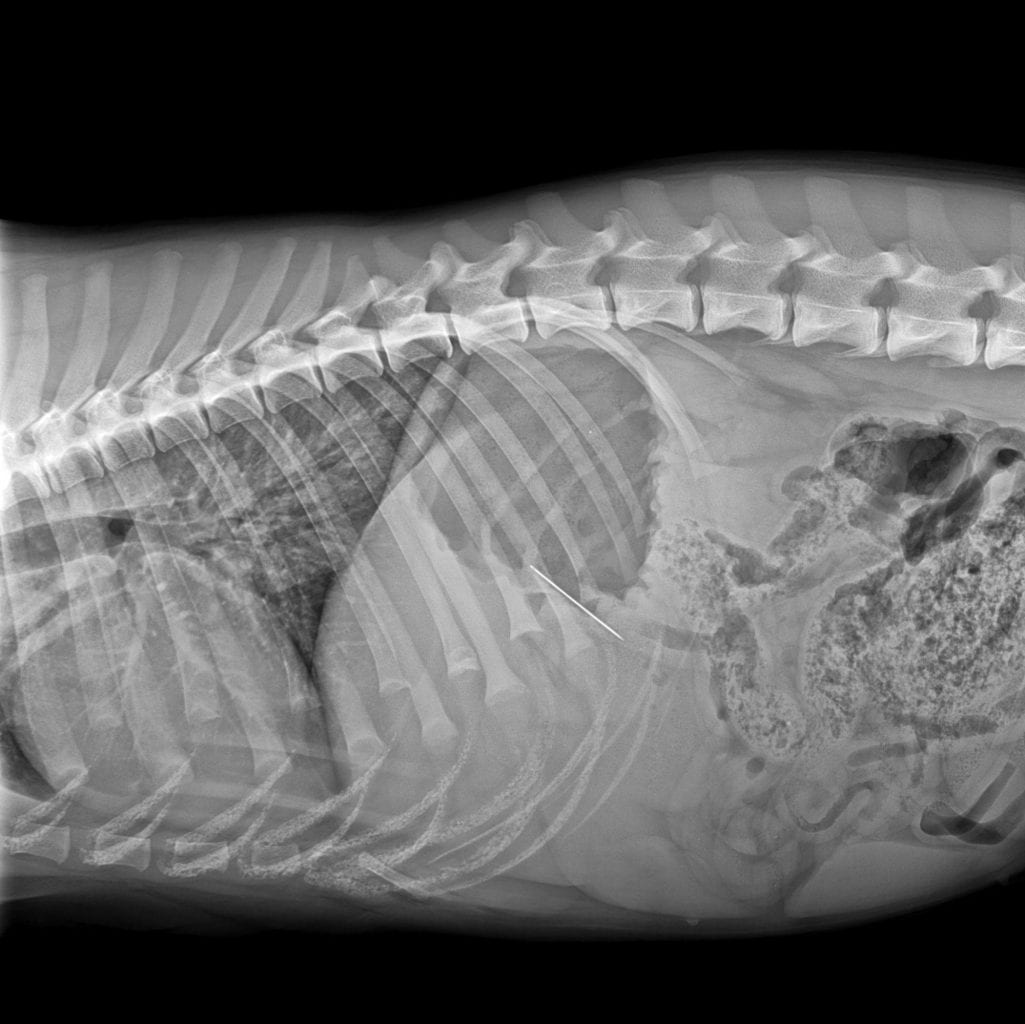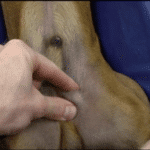

Check-ups/precaution
If your pet is already a senior, regular care is important. It is ideal if you come for an examination every 6 – 12 months. This enables your animal to detect early problems that come with age, such as cardiac, metabolic or orthopedic diseases.
Only early therapy leads to optimal success.
Dogs in old age
From around the age of nine, dogs are considered seniors, and giant breeds even earlier. As dogs get older they usually become calmer. From this point on, you should provide your dog with senior food and adjust the amount of food accordingly. Being overweight can lead to orthopedic problems in your dog or worsen existing health problems.
The HD examination for dogs is a precautionary measure
Hip dysplasia (HD) is a congenital malformation of the hip joint in which the socket of the pelvis and the head of the femur do not fit together optimally. This causes instability and lameness in dogs. Depending on the severity, the symptoms develop either in adolescence or in adulthood.
The HD examination is an X-ray examination in which the dogs are usually given a light anesthesia, not only because the
Which dogs should be examined?
Examination of breeding animals of many breeds is now mandatory. But examination is also recommended for all other dogs as it is a hereditary disease. The examination is recommended for dogs whose parents are previously stressed, as well as for working and sporting dogs because their joints are subject to a lot of stress.
Time of HD examination
For HD X-rays, dogs should be fully grown. The examination is usually carried out on dogs from the age of 12 months - for giant breeds even from the age of 18 months. However, if your dog begins to experience typical symptoms in adolescence, we would prefer to carry out an examination.
Process of an HD X-ray
Please make an appointment for the examination and make sure that your dog has fasted for about 12 hours before the x-ray, meaning that he is not allowed to eat anything and drink a little beforehand. After a clinical examination, the dog is given a short anesthesia and the x-ray is taken. We will then discuss the results with you and decide individually whether therapy is necessary. Or we send the recordings to the assessor responsible for the respective breeding association.
Patellar luxation in dogs – painful misalignment of the knee
The medial (inside) or lateral (outside) patellar luxation It is particularly common in small dog breeds. With this misalignment, the kneecap jumps out of the guide between the two rolling ridges of the thigh - the dog can no longer bend the knee joint. Just as suddenly, the kneecap can “slip back in” and the dog can walk on all four paws again.
When should you take your dog to the doctor?
If your dog does not put weight on one hind leg for a few steps while running and only then resumes walking normally, this may be a sign of patellar luxation. If you observe this behavior in your dog, please contact us as soon as possible!
Consequences of a patellar luxation
Because of the pain, your dog constantly performs non-physiological movements. These lead to arthrosis (symptoms of wear and tear) in the joint and later to lameness. It is therefore advisable to have your dog examined as soon as symptoms first appear. This allows us to determine the severity of the patellar luxation and decide whether surgery is advisable. As part of breeding, many breeding clubs require an examination of the knee joints. qualifications to carry out preventative examinations for patellar luxation in dogs during a bpt training seminar in theoretical and practical exercises .
Cats in old age
Cats are considered seniors from the age of 7-9 years. There are a number of typical “age-related diseases” in cats, such as kidney failure or hyperthyroidism. These symptoms are often only discovered when the cat is clinically so poorly that therapy becomes very difficult or secondary illnesses have already developed. Therefore, please come regularly for check-ups so that we can detect and treat illnesses at an early stage.
The preventive examination in detail – what exactly do we do?
- Clinical examination
- Orthopedic examination (with X-ray if necessary)
- Blood test, urine test
- Weight control: Overweight and underweight can be both a cause and a symptom of various diseases.
Once all the findings are available, we will discuss them in detail with you and, if necessary, create an optimal, individual therapy.
Important: For some examinations, your animal should be fasting or morning urine will be required. Please clarify this when making an appointment.






